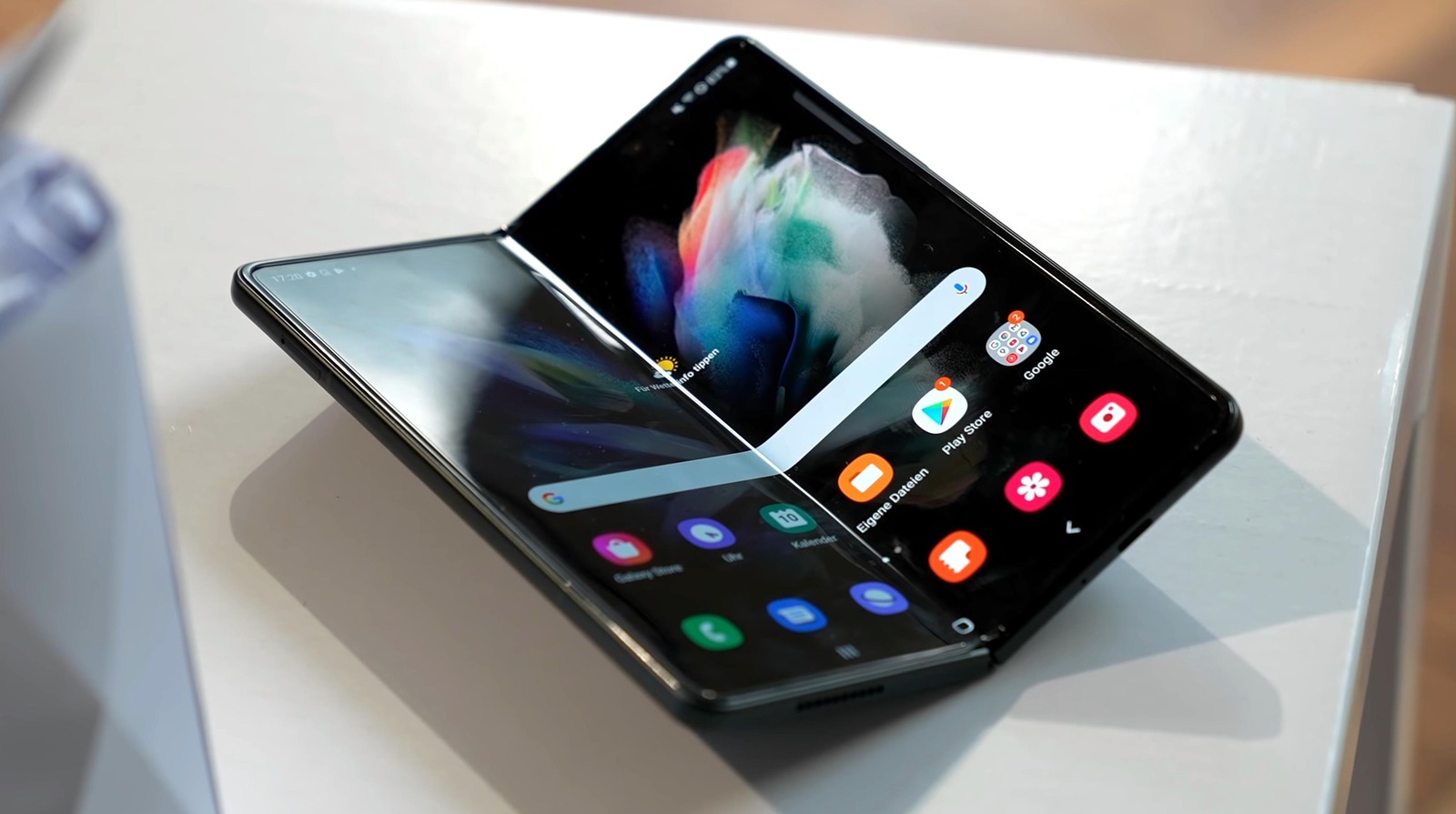If you’ve ever wondered, “How big is a phone?” you’re not alone. Phone sizes have changed dramatically over the years, evolving in response to technology, consumer preferences, and use cases. Once upon a time, we carried tiny flip phones in our pockets. Now, we juggle large slabs of glass with vibrant displays approaching the size of small tablets. But how big is a phone today, and what size is considered ideal? Let’s take a closer look at the fascinating world of smartphone sizes and what it means for you as a potential buyer.
The Evolution of Phone Sizes
The Era of Smaller Phones
Do you remember when phones comfortably fit in the palm of your hand? Back in the 2000s and early 2010s, smaller screens dominated the market. Devices like the iPhone 4 had screens under 4 inches, and this was considered plenty for texting, calling, and basic app usage. Sub-5-inch phones reigned supreme, prioritizing portability over performance.
But as technology evolved, so did our expectations for what a phone could do. Consumers demanded phones that could handle more complex tasks like streaming videos and multitasking. This need for larger displays sparked a trend toward bigger phones.
The Decline of “Small” Phones
Fast forward to today, and “small” phones are practically extinct. Where the once-beloved iPhone Mini (5.4 inches) offered a compact model for the small-phone enthusiasts, it’s since fallen out of Apple’s lineup. Even the smallest Android devices, like the Asus Zenfone 9 (5.9 inches), now push the boundary of what was once considered “small.”
Instead, the market has embraced larger phones, with screen sizes averaging above 6 inches. And consumers seem to love it. The question isn’t just how big a phone can be, but what that “ideal” size might now look like.
The Goldilocks Zone of Phones
If there’s one consistency in the smartphone market today, it’s the 6.1-inch screen. Many consider this the “perfect” size for a phone, providing a balance between portability and functionality. Phones like the iPhone 13, Google Pixel 6A, and Samsung Galaxy S22 all share this size, making it a favorite among consumers.
Why 6.1 Inches Is Ideal
- Compact Enough to Handle: At this size, phones can still slip into a pocket and be used one-handed by most people.
- Large Enough for Media and Multitasking: Between social media scrolling, gaming, and video streaming, a 6.1-inch screen provides ample space without feeling overwhelming.
- A Standard Across Brands: Both Apple and Android flagship models often start at this size, setting a precedent for what consumers expect.
While some may argue that what’s “ideal” is subjective (and they’re right), the universal appeal of devices in this category has made 6.1 inches a sweet spot in the market.
Going Bigger: Maxes, Pluses, and Ultras
For those who prefer more screen real estate, larger devices dominate the high-end range. Models like the iPhone 14 Pro Max, Samsung Galaxy S23 Ultra, and Pixel 7 Pro push screen sizes up to 6.7 inches or more. These phones are the go-to choice for mobile gamers, streaming enthusiasts, and professionals who use their smartphone as a primary work tool.
Why Bigger Phones Are Popular
- More Space for Productivity: Big screens mean easier multitasking, more accurate typing, and more content visible at a glance.
- Enhanced Media Experience: Watching Netflix, YouTube, or browsing through high-resolution photos looks stunning on larger displays.
- Bigger Batteries: Larger phones often boast bigger batteries, making them a favorite for power users.
However, what they gain in screen size, they often lose in portability. Extended one-handed use or fitting these “Max” and “Ultra” devices in a pocket can be a challenge.
The Compact Revival?
Not everyone wants a big phone, though. Brands like Sony are attempting to keep some compact options alive. For example, the rumored Xperia Compact with its 6.1-inch screen looks to cater to those yearning for smaller phones. Ironically, what’s now considered a “compact” phone is larger than some flagship models from just five years ago!
Still, the demand for small phones is dwindling, meaning the majority of options available cater to the big phone-loving crowd.
Pros and Cons of Different Phone Sizes
To help you decide what phone size works best for your needs, here’s a quick breakdown of the pros and cons of both big and small phones.
Smaller Phones (5.4–6.1 inches)
Pros:
- Easier to use one-handed.
- More portable and pocket-friendly.
- Lightweight and less bulky overall.
Cons:
- Less screen space for media or multitasking.
- Smaller batteries, which may mean shorter battery life.
Larger Phones (6.2–6.9 inches and beyond)
Pros:
- Better for streaming, gaming, and productivity apps.
- More battery capacity.
- Often loaded with extra features (e.g., better cameras or advanced displays).
Cons:
- Harder to operate one-handed.
- Bulky and often difficult to carry in pockets or small bags.
- Heavier, which could lead to hand fatigue during extended use.
Final Thoughts
When someone asks, “How big is a phone?” there’s no one-size-fits-all answer. From compact sub-6-inch devices to 6.7-inch powerhouses, phone sizes cater to everyone’s unique needs and preferences. However, trends show that 6.1 inches sits comfortably in the middle, appealing to the broadest range of users.
Whether you lean toward smaller devices or love the immersive experience of larger phones, there’s no denying that our preferences shape the market. That said, as phones get bigger and better every year, finding your own “perfect” phone size can make all the difference in how you enjoy your device.








